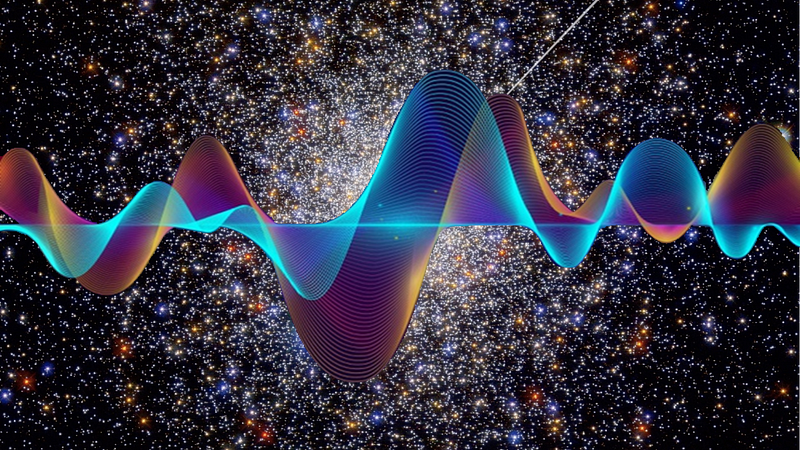Cosmic Symphony: Listening to the Universe's Wonders
Written on
Chapter 1: The Marvel of Data Sonification
Thanks to NASA, the cosmos is no longer just a visual experience; you can now listen to its wonders. The agency’s innovative ‘data sonification’ initiative has recently expanded, enabling us to hear sound derived from data collected from various celestial phenomena.
In the vast emptiness of space, where sound waves cannot travel, NASA has devised a means to translate data into audible formats. This allows us to experience cosmic events and objects in a completely new way. The project utilizes data from renowned observatories such as the Chandra X-ray Observatory, Hubble Space Telescope, and Spitzer Space Telescope. Recently, NASA added three more cosmic events to this project, enhancing our auditory exploration of the universe. With data sonification, we can now simultaneously see and hear the cosmos.
Here are six captivating audio-visual pieces from this project, complete with descriptions that invite you to engage with the universe through sound.
Section 1.1: Bullet Cluster
The Bullet Cluster, officially designated as 1E 0657–56, serves as the first conclusive evidence for dark matter—the elusive substance that constitutes most of the universe's mass. The Chandra X-ray Observatory provides pink X-ray images illustrating the hot gas from two colliding galaxy clusters, separated from dark matter, which can be observed through gravitational lensing captured by Hubble (in blue) and ground-based telescopes.

Section 1.2: Crab Nebula
The Crab Nebula has fascinated astronomers since its appearance in 1054 A.D. Today, modern telescopes reveal its dynamic core, powered by a rapidly spinning neutron star formed from the collapse of a massive star. This neutron star's swift rotation and strong magnetic field propel jets of matter and antimatter away from its poles, sending winds outward from its equator.
Chapter 2: Stellar Explosions and Deep Space Observations
Section 2.1: Supernova 1987A
On February 24, 1987, a new celestial object was spotted in the Large Magellanic Cloud, marking one of the brightest supernovae observed in centuries, known as Supernova 1987A (SN 87A). This time-lapse video showcases a series of observations from Chandra (in blue) and Hubble (in orange and red) taken between 1999 and 2013.
Section 2.2: Chandra Deep Field
Representing over seven million seconds of observation, the Chandra Deep Field South is the deepest X-ray image ever captured. Initially, this field may appear to show stars, but nearly all the colorful dots are actually black holes or galaxies, many of which are supermassive black holes located at the centers of their respective galaxies.
Section 2.3: Cat’s Eye Nebula
As stars like our Sun exhaust their helium, they expel vast clouds of gas and dust, creating stunning structures such as the Cat's Eye Nebula. This image combines X-ray data from Chandra, visible light data from Hubble, and illustrates the various bubbles expelled by the star over time.
Section 2.4: Messier 51 (Whirlpool Galaxy)
Known as the Whirlpool Galaxy, Messier 51 (M51) showcases its beautifully spiraled arms as viewed from Earth. This orientation allows astronomers to observe a spiral galaxy that resembles our Milky Way, which we cannot directly observe from our position within it.
For additional information and other multimedia resources, feel free to visit [NASA's Chandra page](http://www.nasa.gov/chandra).

Stay connected with insightful updates by joining my mailing list.